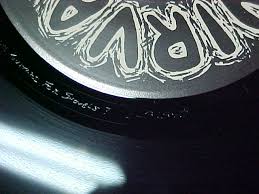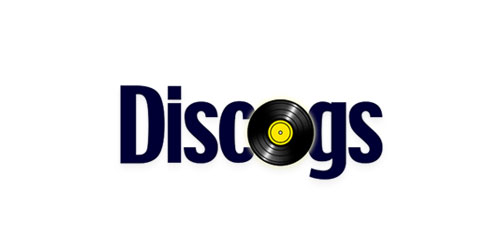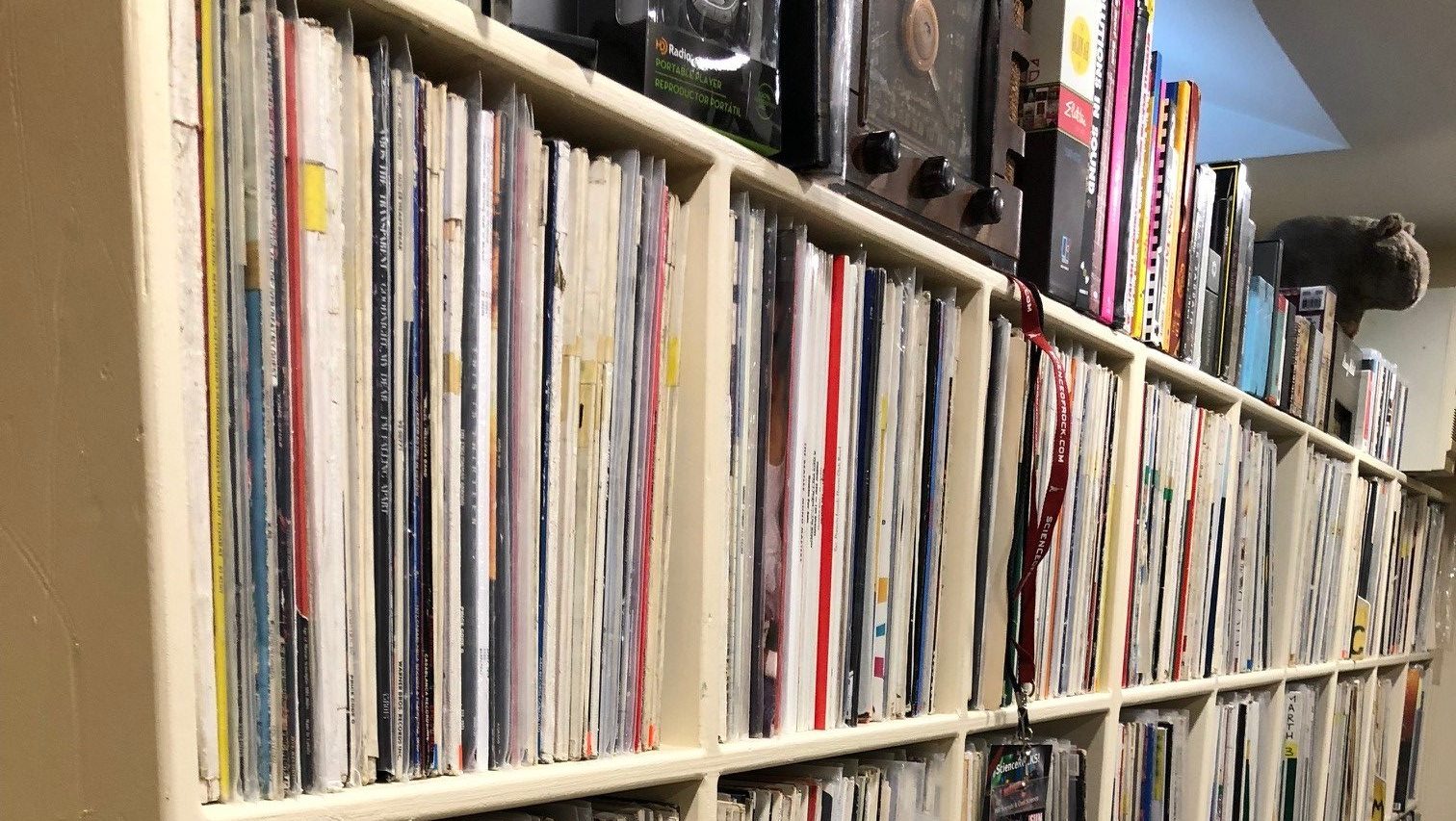
Into Collecting Vinyl? Have You Looked Closely at What’s Etched on Your Records?
There’s a special neglected part of every vinyl record you own: that space between where the grooves end and where the centre label begins. That area is known as “dead wax,” the place where the physics of the tonearm tracking doesn’t work well and is used instead as a place where the stylus can safely run until you lift it away from the record.
But the dead wax area isn’t always, well, dead. Some records contain semi-secret messages etched in that smooth section of vinyl. These messages can be mysterious, funny or completely non-sensical. They’ve once again become popular during the vinyl resurrection, with James Murphy of LCD Soundsystem being particularly attentive to this sort of activity.
But who started this? Vinyl etchings go back more than a hundred years to the first 10-inch 78 RPM records when engineers at the pressing plant would inscribe a matrix number (basically the catalogue number of the release) into the run-out grooves to help keep track of things when it comes to press runs and editions. Collectors will often look at matrix numbers as proof of a record’s provenance.
But by the 1960s, new etchings were appearing, thanks largely to George “Porky” Peckman, a mastering engineer who took it upon himself to etch…something into those run-off grooves just for a laugh. For example, some of his mastered records included the message “A Porky Prime Cut.” Other times he’d be something of a smartass, scratching in a response to a lyric on the album he particularly liked. With Elvis Costello’s 1978 album, This Year’s Model, he inscribed a telephone number that he hoped would encourage people to call for prizes.
Others–Led Zeppelin, Joy Division, the Clash, Dead Kennedys, Nirvana–followed his lead. Now, vinyl etchings are one of the fun surprises anyone might find on any new purchases.
Read more about vinyl etchings at The Vinyl Factory.




Often done by Eagles
http://eaglesfans.squarespace.com/runout-groove-inscriptions/